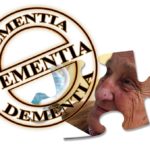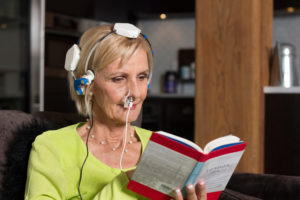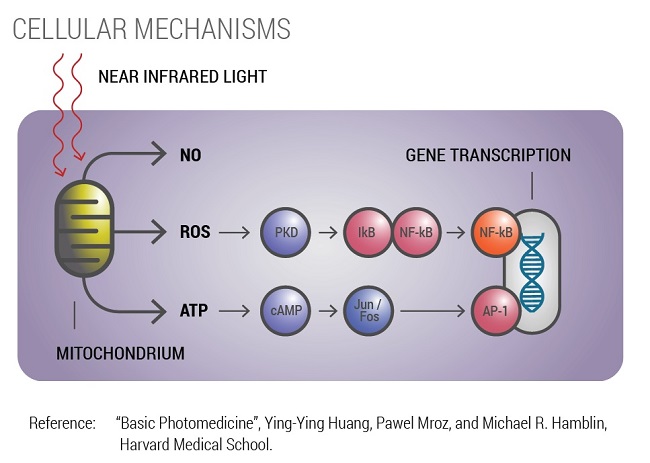I have exciting news about a groundbreaking discovery for autism. It can be reversed.
For more information about the Vielight Duo photobiomodulation device visit: https://www.vielight.com/devices/vielight-neuro-duo-brain/
A 10 percent discount is available with coupon code healing4me. If your child does not show the improvement anticipated after 6 months of daily use, you can return the Duo device for an 80% refund
Groundbreaking Discovery for Autism Using the Vielight Neuro Duo
As the world’s only transcranial-intranasal brain photobiomodulation device, the Vielight Neuro Duo is the result of years of engineering and research.
Groundbreaking discovery for autism research with the Vielight technology produced improvements in cognition, memory and blood flow.
The Vielight Neuro Duo comes with both Alpha and Gamma modes.
- Gamma (40Hz): focus, memory, brain energy.
- Alpha (10 Hz): relaxation and sleep improvement.
Summary for the Autism Spectrum Disorder Clinical Study
Children (BASEL). 2022 May 20;9(5):755. Transcranial Photobiomodulation for the Treatment of Children with Autism Spectrum Disorder (ASD): A Retrospective Study
Data were reported and analyzed for 21 children, 13 males and 8 females with an average age of 9.1. The age range is 5 to 15 years old. The study was conducted over six months in the home setting.
Participants used the Vielight Neuro Duo with its two protocols, the Alpha 10 hertz protocol and the Gamma 40 hertz protocol.
Both Alpha and Gamma protocols were administered each day, one in the morning and one in the evening. Each session had a duration of 20 minutes, during which children were involved in stimulating activities such drawing, coloring, reading, playing games or doing homework.
Findings
After 6 months, transcranial-intranasal photobiomodulation was associated with:
- reduction in ASD severity, as shown by a decrease in CARS scores (p < 0.001).
- reduction in noncompliant behavior
- reduction in parental stress
- reduction in behavioral and cognitive rigidity
- improvement in attentional functions and in sleep quality.
These remarkable improvements not only enhanced the lives of the patients but also greatly reduced stress among their parents, as measured by the SDAG scale, creating a more peaceful and effective environment for growth.
How Photobiomodulation Reverses Austism
How does the Vielight Neuro Duo photobiomodulation device work? It emits an optimal irradiance, amongst the highest in the industry with the 810 nanometer wavelength to penetrate the skull and reach the brain, transcranially and intranasally. The Vielight Neuro Duo’s design specifically targets the Default Mode Network to improve connectivity between its nodes.
The default mode network is crucial in understanding autism. Individuals with autism spectrum disorder have been observed to have alterations in their default mode network, contributing to difficulties in social interactions and understanding others’ perspectives.
Research has revealed that atypical connectivity within the default mode network underlies the characteristic challenges in social communication and repetitive behaviors seen in autism.
The two different pulsing modes, Alpha and Gamma have complementary effects. The alpha protocol promotes relaxation, reducing rigidity and improving sleep. The gamma protocol boosts cognitive functions which facilitates improved focus and attention.”
Safety and Future Directions
From a safety perspective the treatment has been well-tolerated with minimal side effects, making it a safe option.
Abstract
Background: Small pilot studies have suggested that transcranial photobiomodulation could help reduce symptoms of neurological conditions, such as depression, traumatic brain injury, and autism spectrum disorder.
Objective: To examine the impact of photobiomodulation on the symptoms of Autism in children aged two to six years. (The study listed above is based on older subjects 5-15 years in age).
Method: This study ran a randomized, sham-controlled clinical trial involving thirty children aged two to six years with a prior diagnosis of ASD. Pulses of near-infrared light (40 Hz, 850 nm) noninvasively were delivered to selected brain areas twice a week for eight weeks, using an investigational medical device designed for this purpose. We used the Childhood Autism Rating Scale (CARS) to assess and compare the Autism symptoms of participants before and after the treatment course. Electroencephalogram data during each session were collected from participants who tolerated wearing the cap.
Results: The difference in the change in CARS scores between the two groups was 7.23 (95% CI 2.357 to 12.107, p = 0.011). Seventeen of the thirty participants completed at least two EEGs and time-dependent trends were detected. In addition, an interaction between Active versus Sham and Scaled Time was observed in delta power (Coefficient = 7.521, 95% CI -0.517 to 15.559, p = 0.07) and theta power (Coefficient = -8.287, 95% CI -17.199 to 0.626, p = 0.07), indicating a potential trend towards a greater reduction in delta power and an increase in theta power over time with treatment in the Active group, compared to the Sham group. Furthermore, there was a significant difference in the condition (Treatment vs. Sham) in the power of theta waves (net_theta) (Coefficient = 9.547, 95% CI 0.027 to 19.067, p = 0.049). No moderate or severe side effects or adverse effects were reported or observed during the trial.
Groundbreaking Discovery for Autism Conclusion:
Findings of these two studies taken together indicate that photobiomodulation is a safe and effective treatment for Autism. The Vielight Neuro Duo offers a groundbreaking treatment for Autism.
For more information about the Vielight Duo photobiomodulation device visit: https://www.vielight.com/devices/vielight-neuro-duo-brain/
A 10 percent discount is available with coupon code healing4me. If your child does not show the improvement anticipated after 6 months of daily use, you can return the Duo device for an 80% refund.
Call Vielight to get answers to your questions. The company is located in Toronto Canada: 1-877-355-8012 (Main line)
Robert Rodgers PhD
Founder 2010
Alzheimers Recovery




 has engineered devices that deliver light therapy with head helmets and nasal applicators which, according to be studies listed below, constitute a viable sound sleep solution. Visit their website (
has engineered devices that deliver light therapy with head helmets and nasal applicators which, according to be studies listed below, constitute a viable sound sleep solution. Visit their website (

 Caregivers who kept daily journals tracking experiences of the research subjects reported participants had:
Caregivers who kept daily journals tracking experiences of the research subjects reported participants had:


